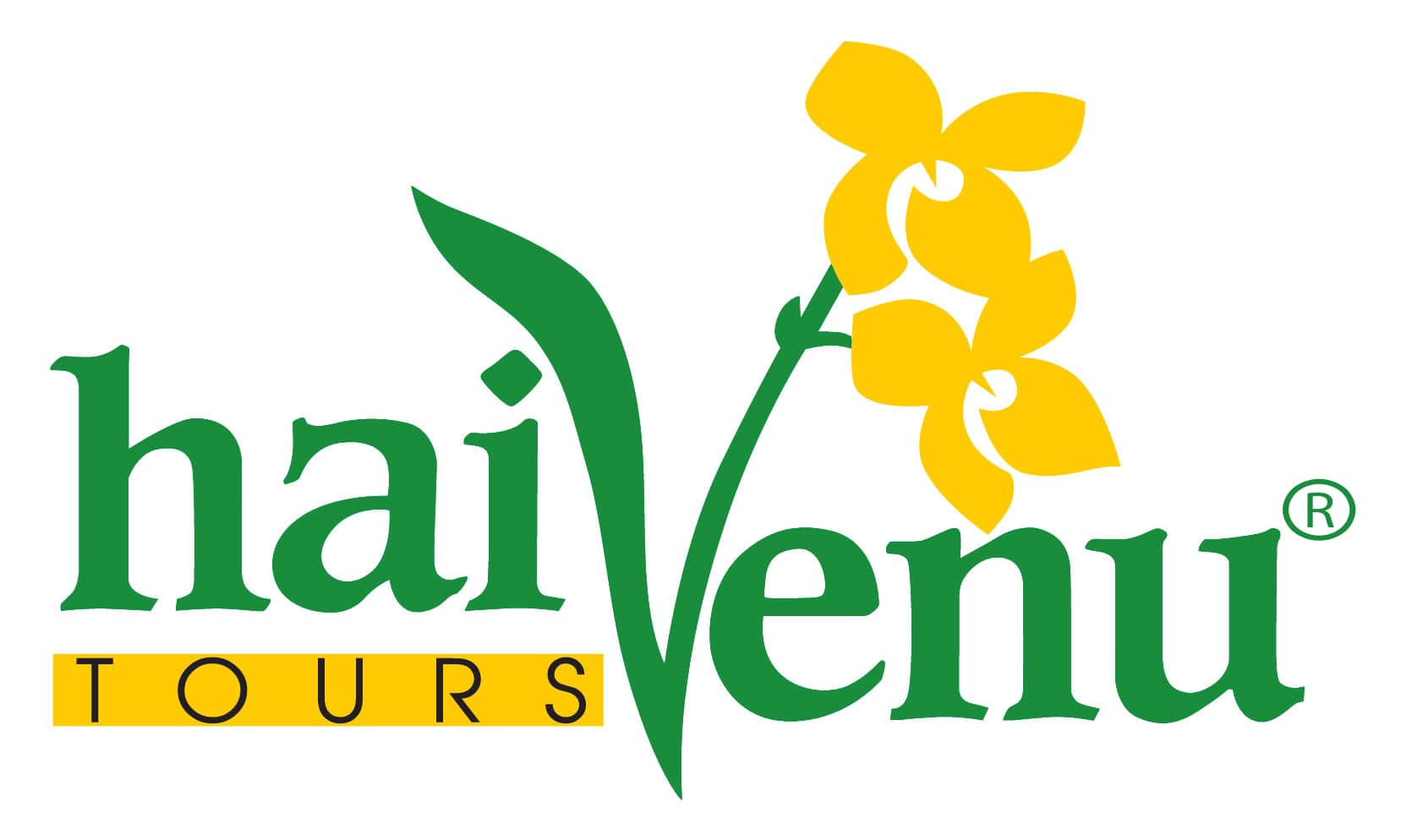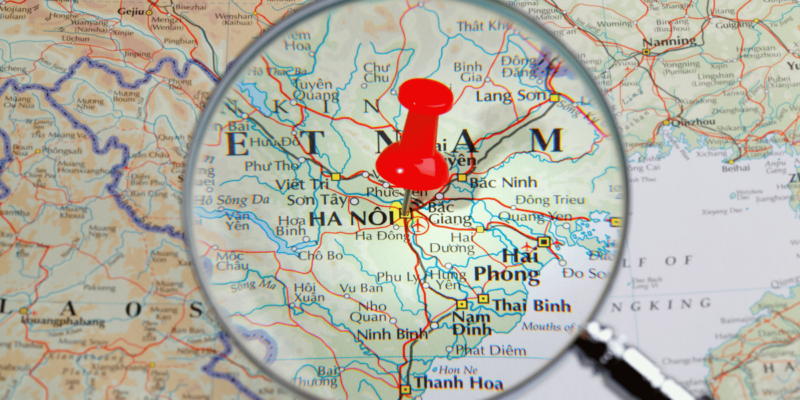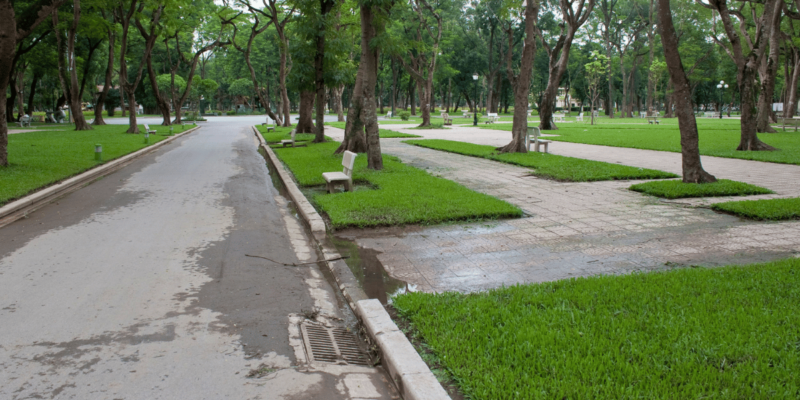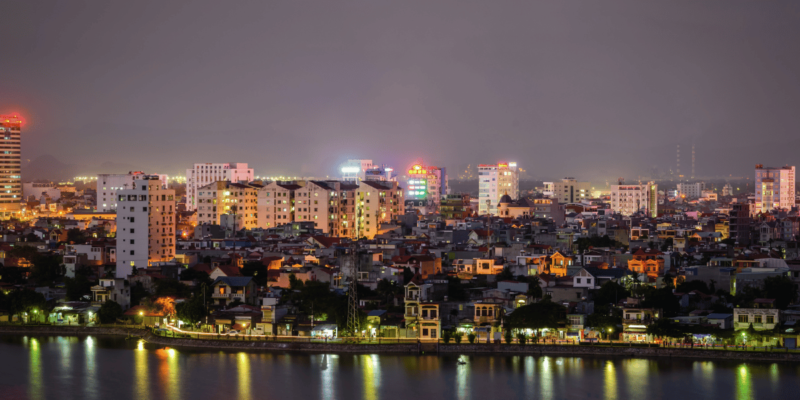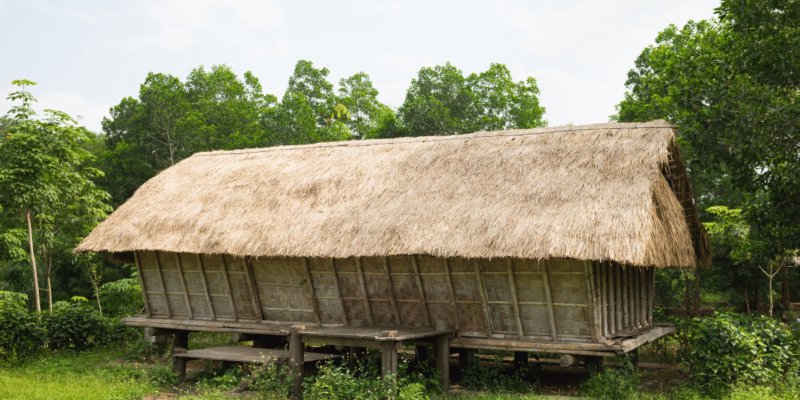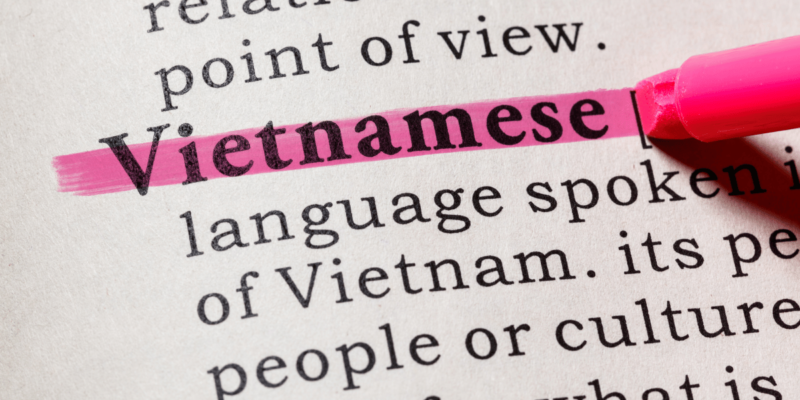The Vietnamese Language
Language and Linguistics in Vietnam: An In-Depth Exploration
The Linguistic Landscape
Vietnamese is not just a language; it’s a vital component of national identity and cultural continuity in Vietnam. As the official language, Vietnamese is spoken nationwide, with variations in dialect from north to south that reflect the country’s diverse cultural tapestry. While the northern dialects tend to preserve more of the ancient tones, southern Vietnamese is influenced by modern linguistic shifts, making it somewhat easier for foreigners to learn.
Foreign Language Influence and Adaptation
Historically, Vietnam’s language landscape has been influenced by multiple foreign powers. English has now become the primary second language, particularly useful in business, science, and tourism sectors. This shift from Russian, which lost its prominence with the dissolution of the Soviet Union, marks a significant cultural and geopolitical realignment. Additionally, older generations in the south might still speak French, a residue of colonial times that adds a layer of linguistic diversity to the region.
In the Mekong Delta, the presence of the K’mer language points to the ethnic and cultural exchanges with nearby Cambodia. This diverse linguistic environment not only enriches Vietnam’s cultural fabric but also underscores the complex history of the region.
Career Opportunities and Language Learning
The expansion of tourism and international trade has catalyzed a surge in language learning among Vietnamese youth. Languages like Japanese, Chinese, and various Western European languages have become popular among students and professionals looking to capitalize on new career opportunities. This linguistic shift is also driven by Vietnam’s increasing integration into the global economy, highlighting the practical value of multilingual proficiency in today’s interconnected world.
Vietnamese Script and Its Evolution
Vietnamese language’s evolution is particularly fascinating. The shift from classical Chinese script to a Romanized script, Quoc Ngu, in the 17th century by Jesuit missionaries was revolutionary. This script made literacy more accessible and transformed Vietnamese into a truly national language. The Romanized script, adopted officially in the early 20th century, replaced the complex Chinese characters, democratizing writing and reading among the populace.
Despite the move to Romanized script, the influence of Chinese characters is still evident in the vocabulary and structural aspects of the language. For example, the Vietnamese method of constructing syllables mirrors the Chinese approach, linking each syllable closely to a distinct meaning, much like traditional Chinese characters.
Tonal Nature and Its Challenges
Vietnamese is a tonal language, where the meaning of words can change dramatically with slight alterations in tone. This tonal system, comprising five distinct tones, can be daunting for learners, especially those from non-tonal language backgrounds. The language also features a rich system of vowels and consonants that can further complicate pronunciation for new learners.
Cultural Nuances in Communication
Understanding and using Vietnamese tones correctly is crucial, as incorrect tones can completely change the intended meaning of words, leading to misunderstandings or even embarrassment. However, attempts by foreigners to speak Vietnamese are often met with appreciation and encouragement from local speakers.
Despite the challenges, learning even a few phrases can significantly enhance interactions with locals, demonstrating respect and a willingness to engage with the culture. Moreover, as Vietnam becomes more accustomed to international visitors, language barriers are gradually diminishing, making it easier for tourists to navigate and explore the country.
Regional Dialects
Vietnamese is divided into three main dialects: Northern (Hanoi), Central (Hue), and Southern (Saigon). Each dialect has unique pronunciation, vocabulary, and usage nuances. The Northern dialect, considered the standard, is used in education and official communication. Central Vietnamese is known for its distinct phonetic characteristics and vocabulary that can be challenging for speakers of other dialects. The Southern dialect features a softer tone and different lexical choices. These regional variations enrich the language and reflect Vietnam’s cultural diversity. Understanding these dialects enhances communication and appreciation of the local nuances and traditions.
Writing System
The Vietnamese writing system has evolved significantly over time. Initially, Vietnamese was written using Chữ Hán, Classical Chinese characters, which was accessible only to the educated elite. Chữ Nôm emerged as a way to represent Vietnamese phonetics more accurately, allowing for a broader expression of the language. However, it was Quốc Ngữ, the Romanised script introduced by missionaries and later promoted by French colonial authorities, that revolutionised literacy in Vietnam. Quốc Ngữ’s simplicity and efficiency made education more accessible to the masses, contributing to higher literacy rates and the spread of printed media. Today, Quốc Ngữ is used universally, supporting Vietnam’s educational and communicative needs.
Vietnamese in Modern Media and Literature
The Vietnamese language plays a pivotal role in contemporary media, including television, film, and the internet. Vietnamese media offers a wide range of content that reflects and shapes public opinion, cultural trends, and societal values. Prominent authors like Nguyen Du, who wrote the epic poem “The Tale of Kieu,” and modern writers such as Bao Ninh and Nguyen Huy Thiep have made significant contributions to Vietnamese literature, exploring themes of identity, history, and personal experience. The advent of digital media has further influenced the evolution of the language, introducing new slang and expressions. This dynamic interplay between media and language keeps Vietnamese vibrant and relevant.
Learning Vietnamese
Learning Vietnamese presents both challenges and rewards for non-native speakers. The tonal nature of the language and its pronunciation can be difficult to master, but the straightforward grammar and sentence structure are easier compared to many other languages. Numerous resources are available for learning Vietnamese, including textbooks, online courses, language apps, and immersion programs. Engaging with native speakers and practicing regularly are crucial for mastering the language. Cultural immersion, such as watching Vietnamese films, listening to music, and participating in local events, can enhance the learning experience and provide deeper insights into the language and culture.
